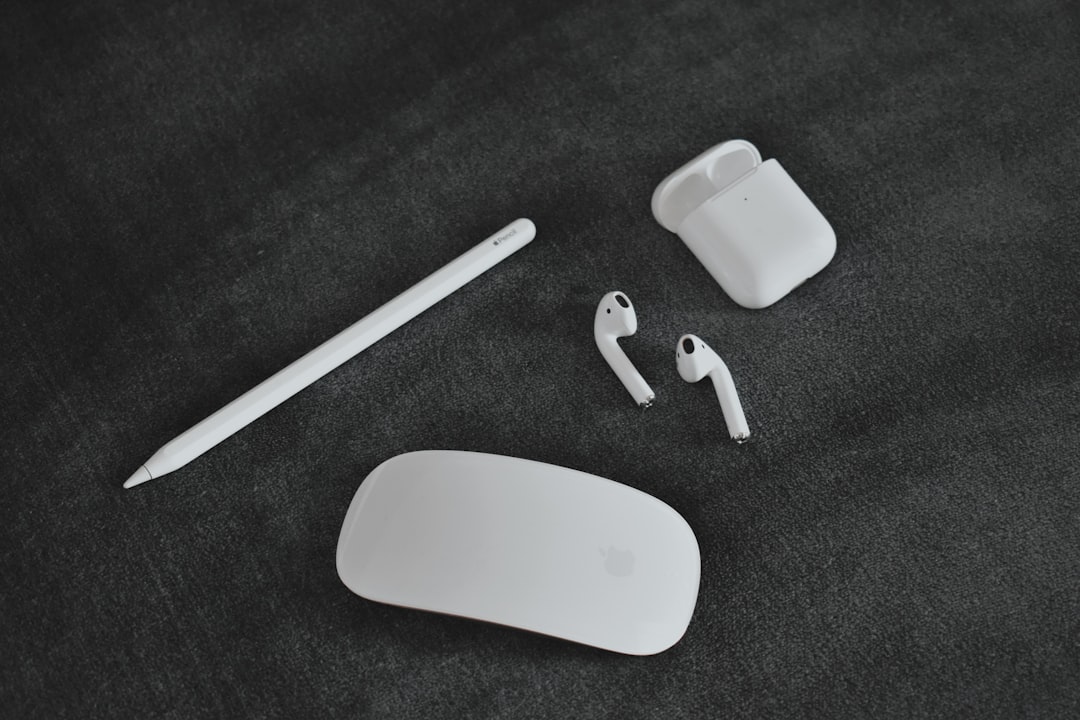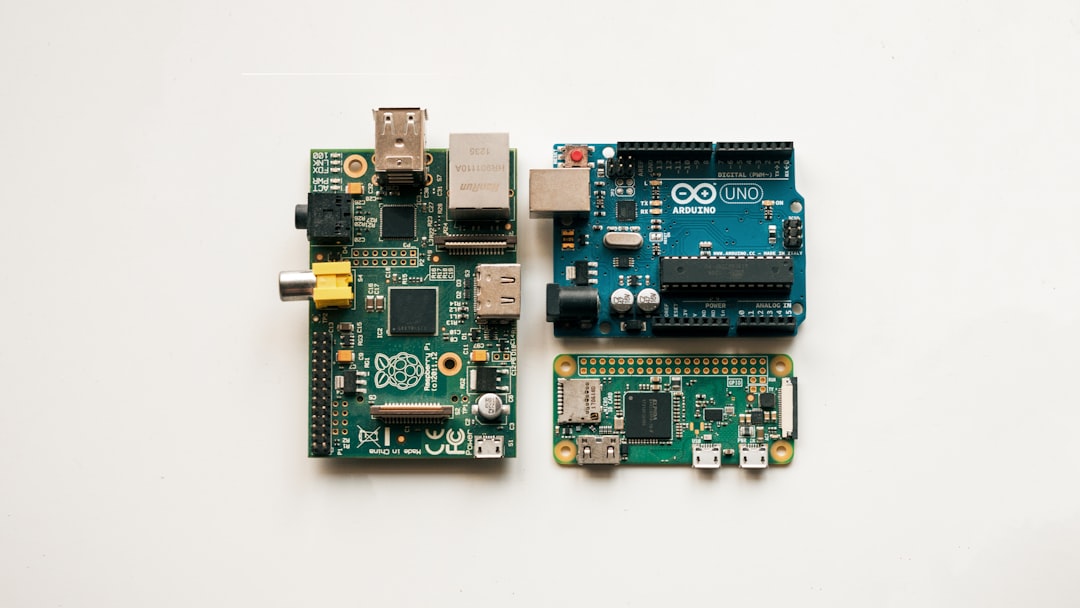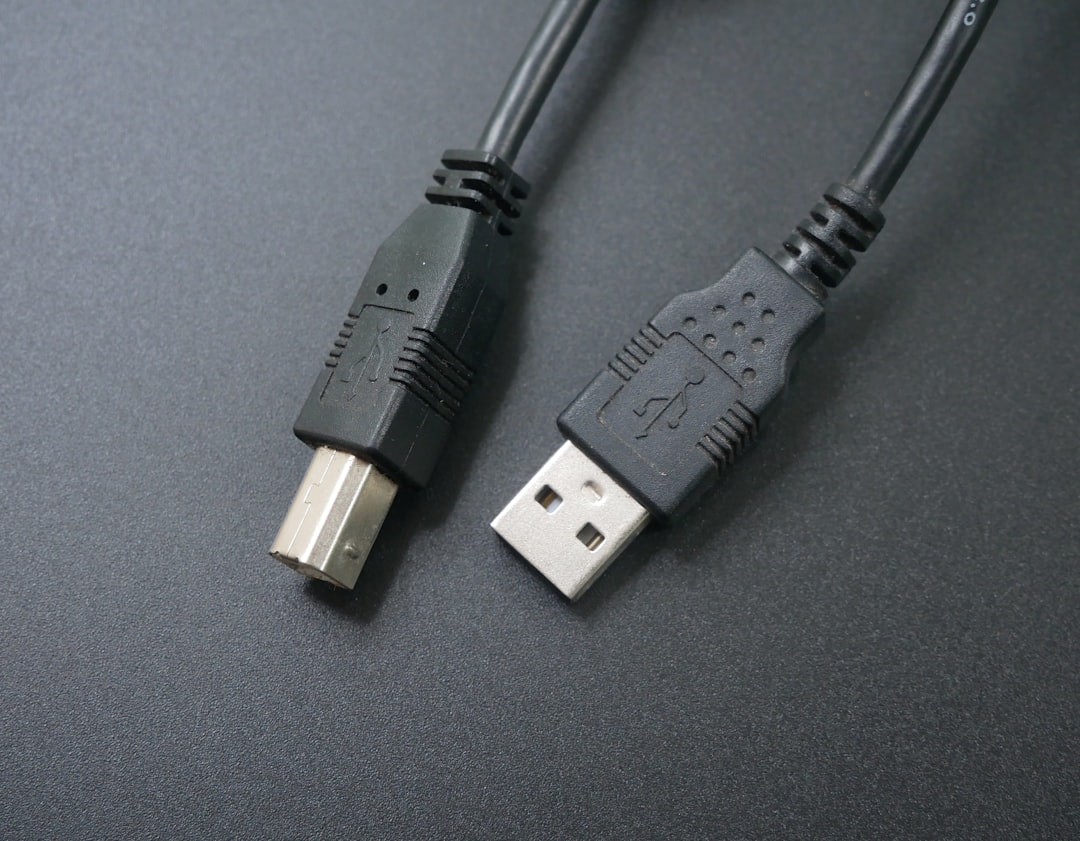The surge of portable electronics over the past decade—from smartphones and tablets to cameras, e-readers, and accessories—has come with a need for reliable and efficient connectors. Two of the most prominent USB types that dominate the realm of consumer electronics are USB-C and Micro-USB. Both have their own merits and drawbacks, and choosing between them isn’t always straightforward. Whether you’re a tech aficionado or a casual user, understanding the differences between these two can save you time, money, and frustration.
What Is Micro-USB?
Micro-USB is a smaller type of USB connector that was introduced around 2007. For over a decade, it became the standard for many devices including Android smartphones, Bluetooth headphones, and power banks.
Its compact size and widespread compatibility solidified its role in a variety of gadgets. Micro-USB connectors typically feature a trapezoidal shape and can only be inserted in one direction, making orientation a common point of user error.
What Is USB-C?
USB-C, officially known as USB Type-C, is a newer and more advanced USB connector that began gaining popularity around 2015. Unlike Micro-USB, USB-C is reversible, which means it can be plugged in either way—eliminating one of the most frustrating aspects of older USB connectors.
USB-C is not just about convenience. It’s also designed for higher data transfer rates, faster charging capabilities, and can carry video signals. This makes it ideal for more power-hungry and feature-rich devices, including laptops, gaming consoles, and even desktop PCs.

Comparing USB-C and Micro-USB: Key Differences
To see which one suits you best, it’s useful to pit them head-to-head across several criteria:
1. Design and Usability
- USB-C: Reversible and symmetrical. No more fumbling to insert it the right way.
- Micro-USB: Asymmetrical shape. Needs correct alignment for insertion, which can be inconvenient, especially in low light.
2. Data Transfer and Power Delivery
- USB-C: Supports USB 3.1 and USB 4.0 standards, offering transfer speeds up to 40 Gbps and power delivery up to 100W.
- Micro-USB: Limited to USB 2.0 or 3.0 standards, with maximum speeds around 480 Mbps (USB 2.0) or 5 Gbps (USB 3.0 in some rare versions).
3. Durability
- USB-C: Designed for around 10,000 connect/disconnect cycles.
- Micro-USB: Rated for fewer cycles—usually around 1,500 to 5,000—making them more prone to wear and damage over time.
4. Versatility
- USB-C: Can transmit data, carry video signals (DisplayPort, HDMI), and support power all at once. Found in laptops, tablets, smartphones, and even monitors.
- Micro-USB: Limited to data and power, generally used in small gadgets like cameras and headphones.
Why USB-C Is Becoming the New Standard
USB-C is not just a nice upgrade; it is poised to replace many older connectors altogether. Here’s why:
- Universal Adoption: Leading companies like Apple, Samsung, Google, and many laptop manufacturers have embraced USB-C as the go-to port.
- Future-Proofing: USB-C’s compatibility with newer standards ensures you won’t be left behind as tech continues to evolve.
- Consolidation of Ports: A single USB-C port can handle everything—charging, data, and display output—reducing the need for multiple cables and adapters.
Thanks to these benefits, regulatory bodies like the European Union are also pushing for USB-C as a common charging standard across devices to reduce electronic waste and simplify consumer usage. In fact, certain regulations may soon require that all new smartphones have USB-C ports.
When Micro-USB Still Makes Sense
Despite its shortcomings, Micro-USB hasn’t completely vanished—and for good reason. Here are scenarios where sticking with Micro-USB might still be beneficial:
- Legacy Devices: Thousands of older devices still rely on Micro-USB. If you’re using one of these, switching cables may not be practical.
- Cost-Effectiveness: Micro-USB cables and accessories are generally cheaper. If you don’t need fast charging or data transfer, it gets the job done.
- Simplicity: For basic gadgets like Bluetooth speakers or small power banks, Micro-USB remains a reliable connector.

Common Myths About USB-C and Micro-USB
Let’s debunk some common misconceptions:
- Myth: USB-C always charges faster than Micro-USB. While generally true, your actual charging speed depends on the device, cable, and the power adapter being used.
- Myth: All USB-C ports are the same. Not necessarily. Some USB-C ports only support USB 2.0 speeds or don’t support video output. Always check your device specs.
- Myth: You must replace all your Micro-USB devices. Not so. If they’re still functional and meet your needs, there’s no rush to switch.
Key Considerations When Choosing a Connector
Before settling on either type, think about these factors:
- Future-Proofing: USB-C is more likely to support your future devices and needs.
- Device Compatibility: Stick with what your devices currently use or plan to transition gradually.
- Required Speed and Power: For heavy use involving fast data transfer or large battery charging, USB-C is the apparent winner.
The Verdict: Which Should You Choose?
If you are buying a new device or accessory, USB-C is almost always the better pick in 2024 and beyond. The improved speed, reliability, and versatility it provides can enhance both user experience and longevity of your gear.
However, if you already own multiple Micro-USB devices and don’t require the perks that USB-C offers, there’s no reason to replace everything immediately. For basic uses, Micro-USB still does the job well enough.
The good news? Adapters and dual-headed cables (USB-C on one end, Micro-USB on the other) are available, allowing you to bridge the divide during your transition.

Final Thoughts
The choice between USB-C and Micro-USB ultimately boils down to your unique situation. That said, technology is undoubtedly moving in the direction of USB-C. As more manufacturers adopt it across their product lines, USB-C will soon become not only the standard—but the expectation.
So, whether you’re replacing an old cable or buying a new gadget, consider USB-C for a seamless, efficient, and future-ready experience.
Still holding on to those Micro-USB cables? You’re not alone—but the future just might be a USB-C world.




